A new approach to in-memory computing proposes a new set up to create an artificial synapse that can both store and process data.
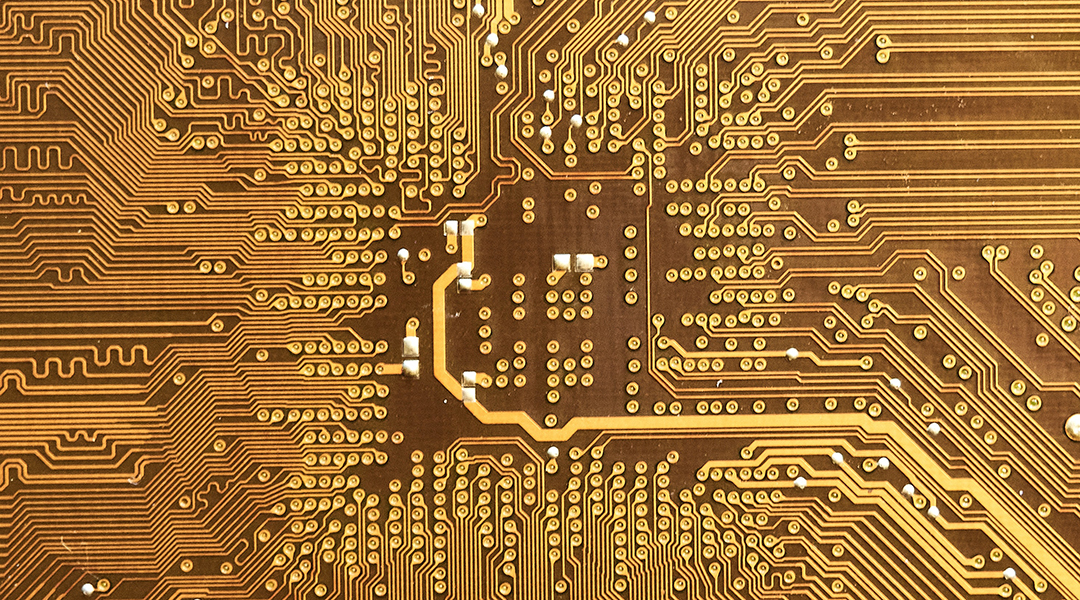


A new approach to in-memory computing proposes a new set up to create an artificial synapse that can both store and process data.
With a re-imagined architecture, these new Schottky diodes are being developed for better communication devices.
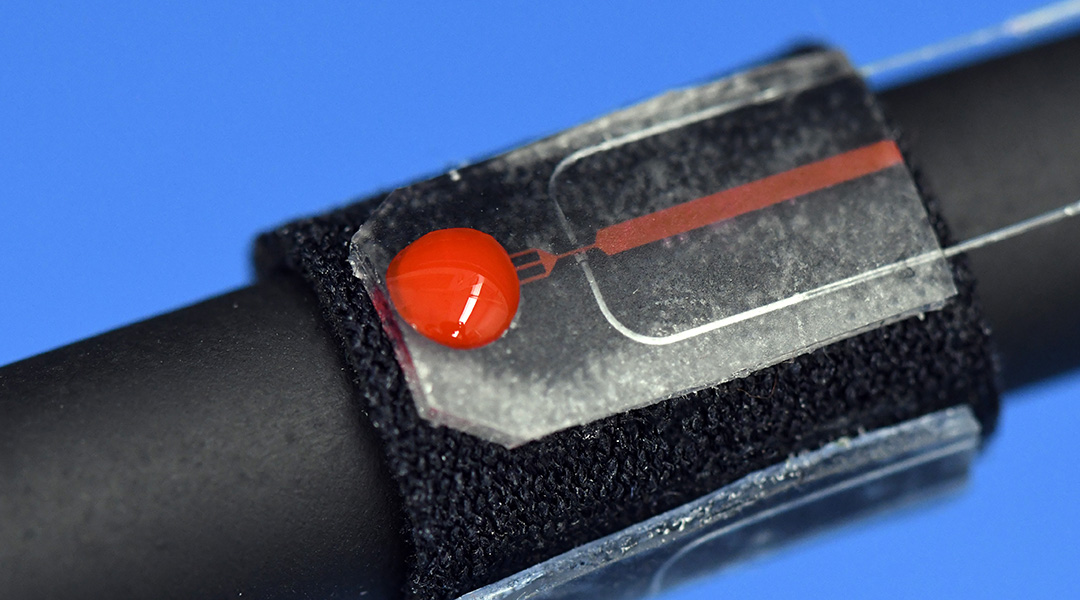
A new blood sensor utilizes miniaturized channels to monitor for accidental bleeding during colonoscopies.
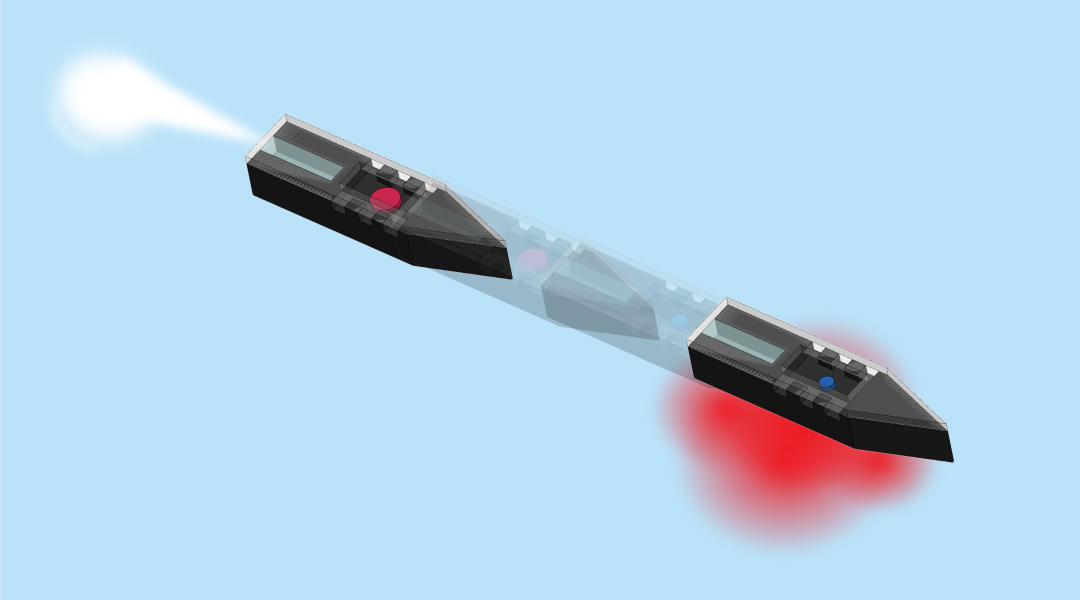
Using stimuli-responsive hydrogels with regularly arranged colloidal particles, researchers create color-changing microrobots that can freely explore and gather information.
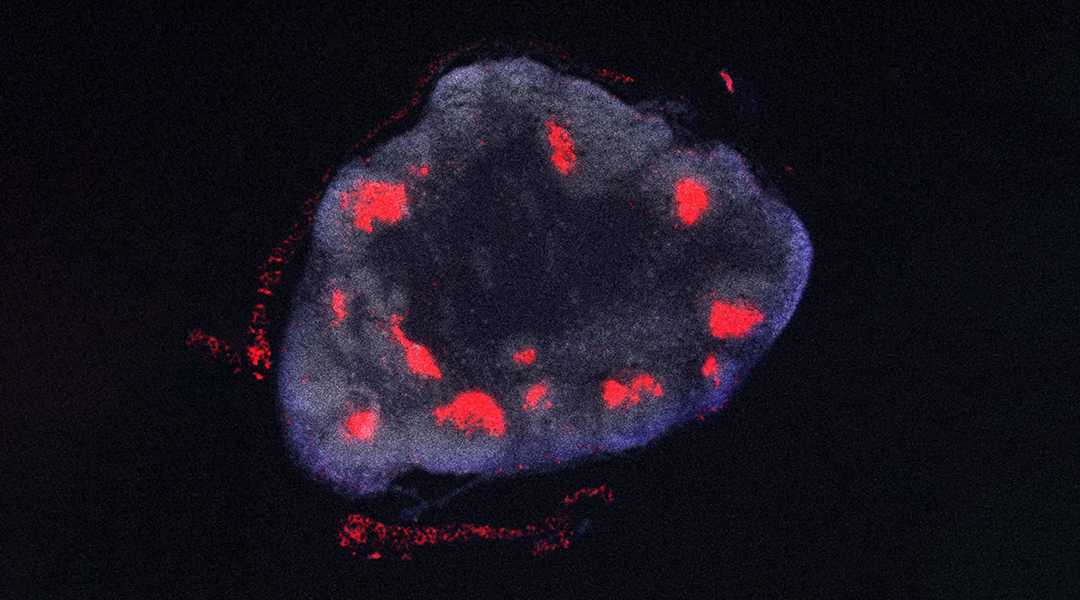
From boosterless vaccine platforms to goopy 2D inks and color-changing crystals, here are some of the most striking images collected from our journals.

Stories that frame the climate crisis solely as a global problem can have unintended consequences, such as hiding local vulnerabilities.
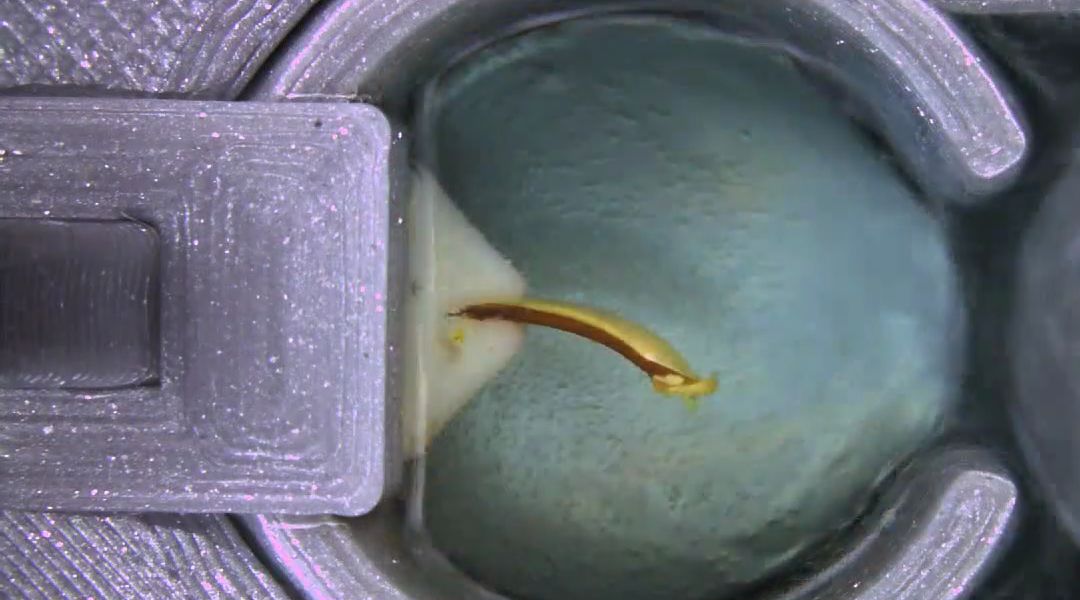
Scientists have developed the first artificial muscles made from natural proteins that contract autonomously and consume chemical fuel.
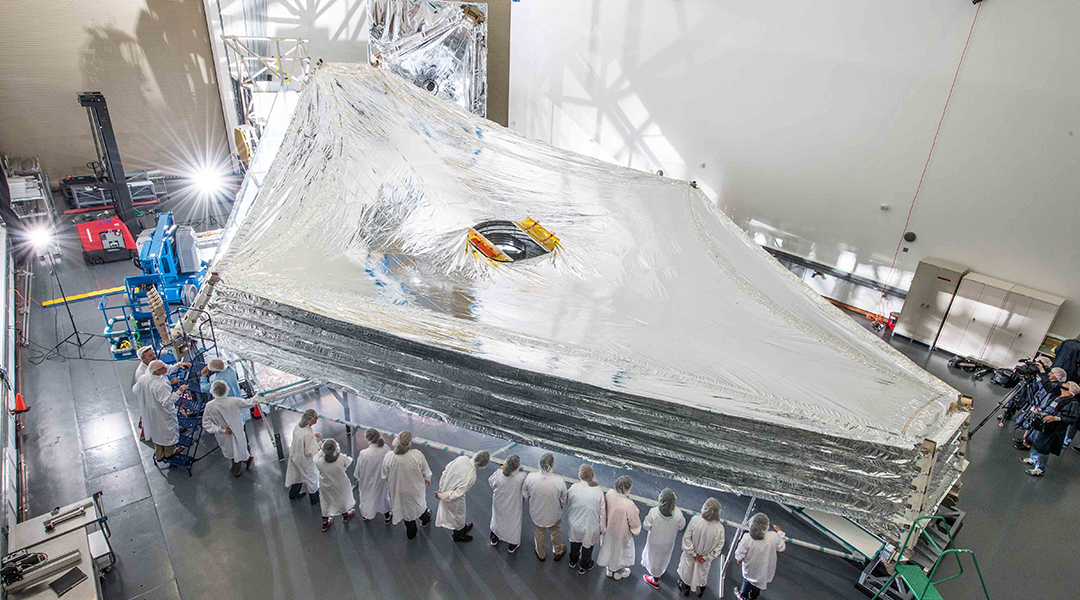
Webb team successfully deploys 70ft sunshield in key launch milestone for the spacecraft’s operations.
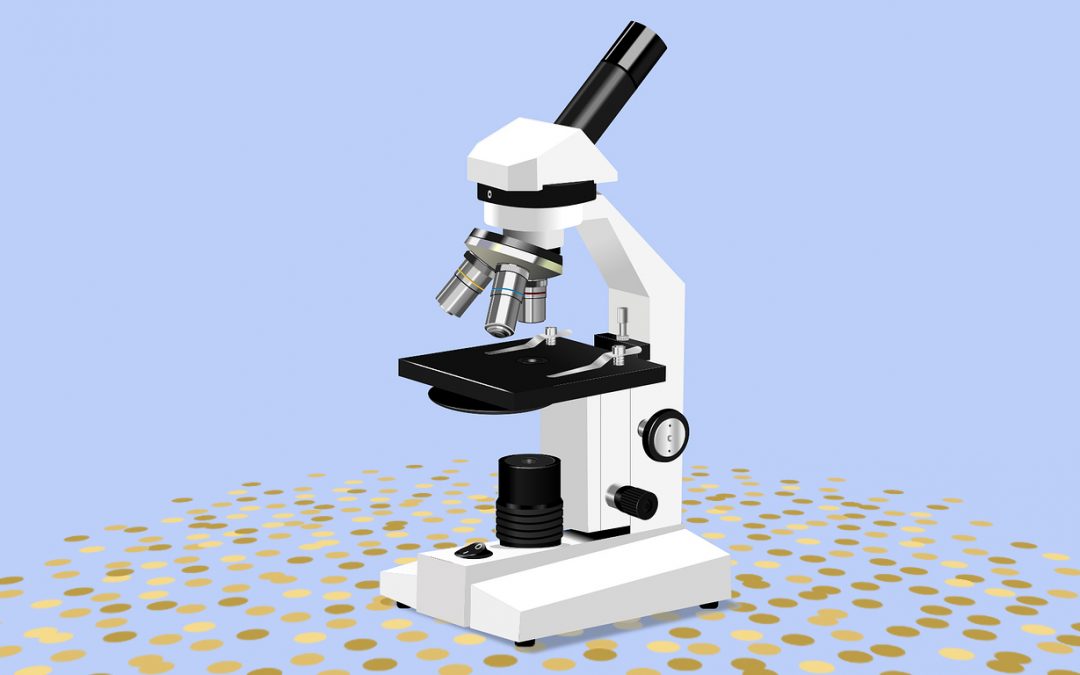
Catch up on some of the most exciting and impactful developments in science from this year, published on ASN and selected by our editors.
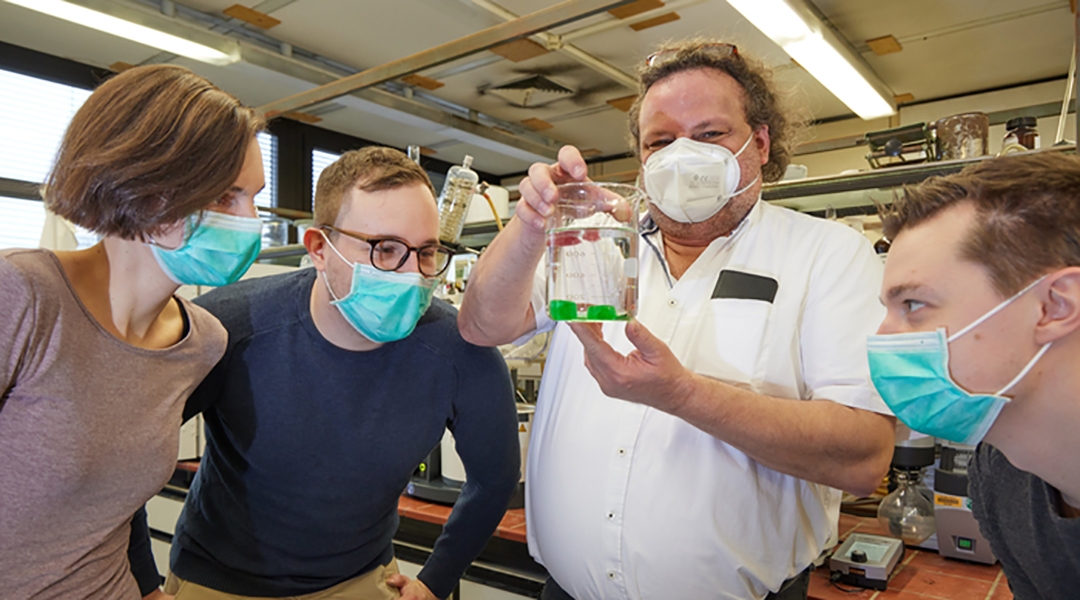
An epoxide ring opening reaction could help stabilize biomolecules by replacing hydrogen with deuterium with a high degree of selectivity.